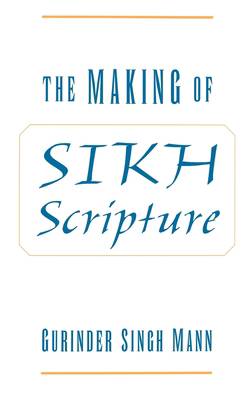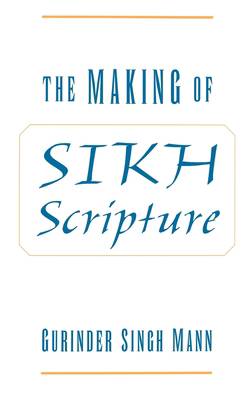
- Afhalen na 1 uur in een winkel met voorraad
- Gratis thuislevering in België vanaf € 30
- Ruim aanbod met 7 miljoen producten
- Afhalen na 1 uur in een winkel met voorraad
- Gratis thuislevering in België vanaf € 30
- Ruim aanbod met 7 miljoen producten
Zoeken
Omschrijving
The Adi Granth ("original book"), the primary scripture of the Sikhs, comprises approximately 3,000 hymns. Although the authorship of the hymns is well-recorded, the history of the compilation the Adi Granth - the creation of the Sikh "canon" - is the subject of considerable speculation and debate. In this book, Gurinder Mann attempts to construct a comprehensive secondary literature on the topic. His findings on some key issues differ from the traditional Sikh position and from the hypotheses of other 20th-century scholars, as well as raising some entirely fresh questions. Mann's revised and expanded picture of the history of the text and institution of Sikh scripture will be of interest not only to scholars of Sikhism and Sikh religionists, but to scholars of comparative canon formation.
Specificaties
Betrokkenen
- Auteur(s):
- Uitgeverij:
Inhoud
- Aantal bladzijden:
- 208
- Taal:
- Engels
Eigenschappen
- Productcode (EAN):
- 9780195130249
- Verschijningsdatum:
- 3/05/2001
- Uitvoering:
- Hardcover
- Formaat:
- Genaaid
- Afmetingen:
- 161 mm x 236 mm
- Gewicht:
- 435 g

Alleen bij Standaard Boekhandel
+ 661 punten op je klantenkaart van Standaard Boekhandel
Beoordelingen
We publiceren alleen reviews die voldoen aan de voorwaarden voor reviews. Bekijk onze voorwaarden voor reviews.











